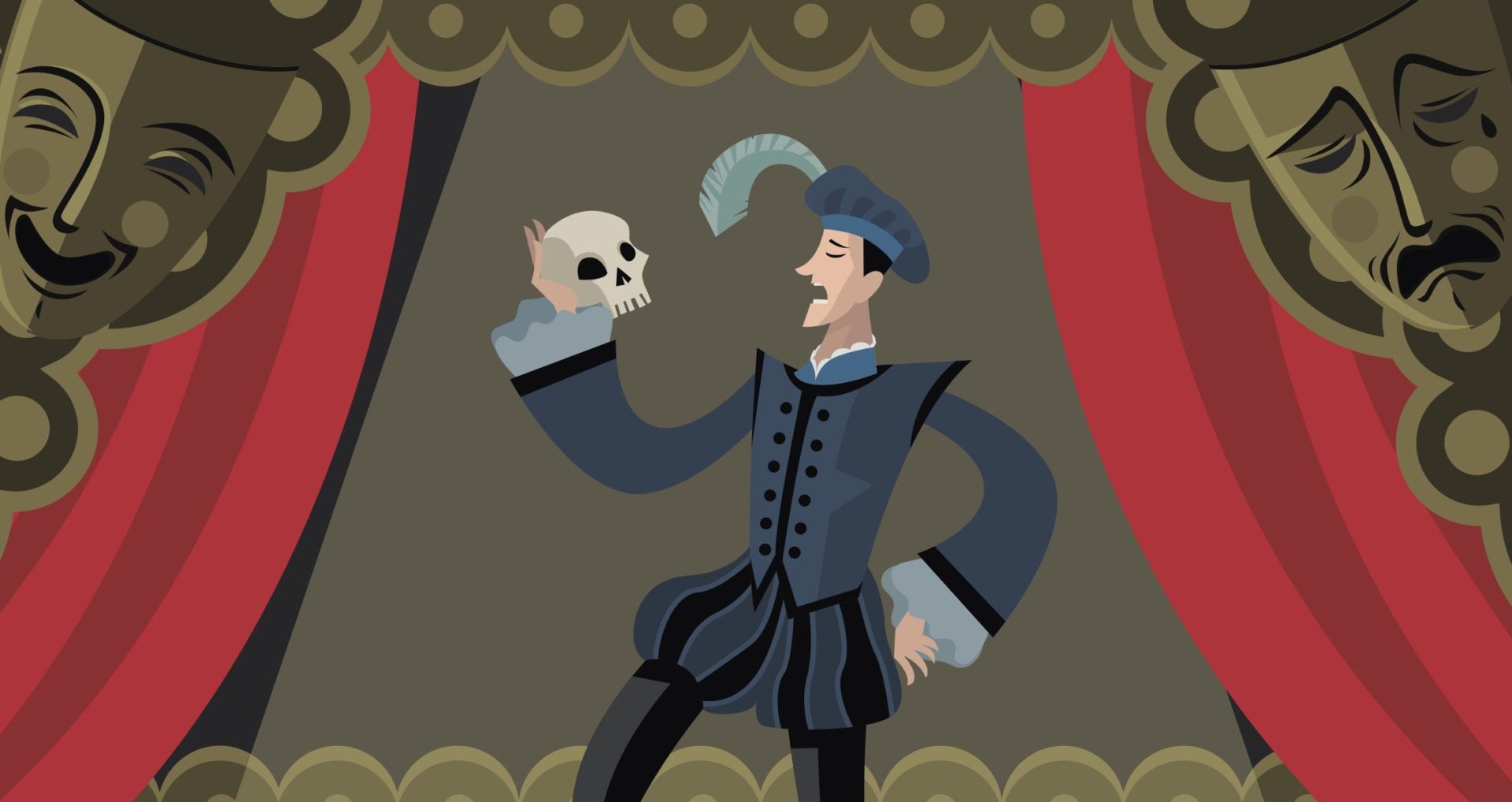Tackling the Bard: Teaching Shakespeare to Elementary Students
William Shakespeare’s works may be more than 400 years old, but their messages still resonate today.
Even after all this time, Shakespeare’s characters and themes still live within each of us, as Maggie Trapp, a UC Berkeley Extension instructor pointed out in a January 2018 Berkeley “Voices” blog. And his wordplay and characterization both entertain, but challenge us.
“These plays have managed to speak complicated truths to all manner of audiences and readers for hundreds of years,” Trapp said in the blog post.
Alan Craven, professor emeritus at the University of Texas at San Antonio, agreed in a 2013 UTSA article by Cindy Tumiel.
“The language is rich, the characters are complex and many of his basic themes — love, treachery, honor, bravery, and political intrigue — still resonate today,” Craven said. “Humans still experience love, loss, betrayal, war, humor, and tragedy, which gives Shakespeare a foothold in modern times.”
Teaching Shakespeare, though, can sometimes seem as scary as Macbeth’s fatal vision of a dagger. And with so much violence and innuendo in Shakespeare’s plays, how do we introduce Shakespeare to elementary and middle school students? And really, how do we get beyond the dreaded high school trudge through “Romeo and Juliet”?
Fear no more! As good luck would have it, helpful hints this way come.

1. All the World’s a Stage
…. And there are many players upon this world who have successfully performed Shakespeare for the masses.
Every Shakespeare unit should begin with a movie or stage viewing of at least a part of the play or scene. Think about it — would you prefer reading the script of the latest Avenger adventure or watching the movie?
Not all full movie or play versions are appropriate for kids, but many parts of these productions are suitable.
2. The Play’s the Thing
 Shakespeare’s works were never meant to be “read and deadened behind a desk.” They are plays — meant to be performed and “explored on their feet,” as Mark Powell, artistic director of Prime Theatre said in 2014 article for The Guardian.
Shakespeare’s works were never meant to be “read and deadened behind a desk.” They are plays — meant to be performed and “explored on their feet,” as Mark Powell, artistic director of Prime Theatre said in 2014 article for The Guardian.
At the elementary level, students can use finger puppets, Legos, action figures or simple paper cutouts to discover short Shakespeare scenes and themes.
3. Is This a Book I See Before Me?
Shakespeare’s language is delicious, but as Brynn Allison points out in her 2017 lesson plan for We Are Teachers, he “was a wordy guy.”
“Cut to the important parts of scenes and summarize the less important parts,” she suggested.
Teachers can summarize the play and its characters for their elementary students, then delve deeper into just one important scene, or even just one important soliloquy or interchange between characters.
4. My Kingdom for a Comic Book?

Courtesy Good Tickle Brain
Another option — especially for lower-level readers — is Mya Lixian Gosling’s stick-figure Shakespeare comics at Good Tickle Brain. She’s created short comics for most of Shakespeare’s plays, and even the gorier ones are quite palpable with her clever drawings. Students can’t help but enjoy pairing her comics with more in-depth scene discussions.
